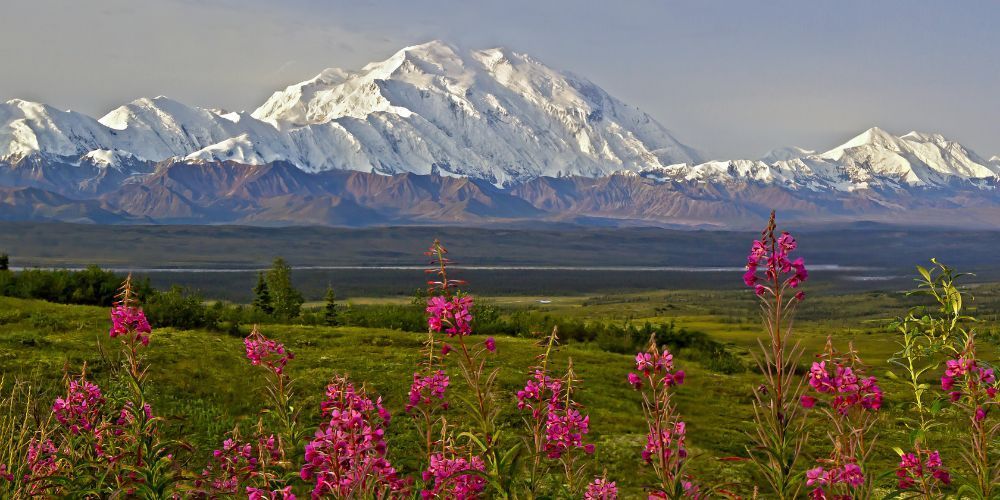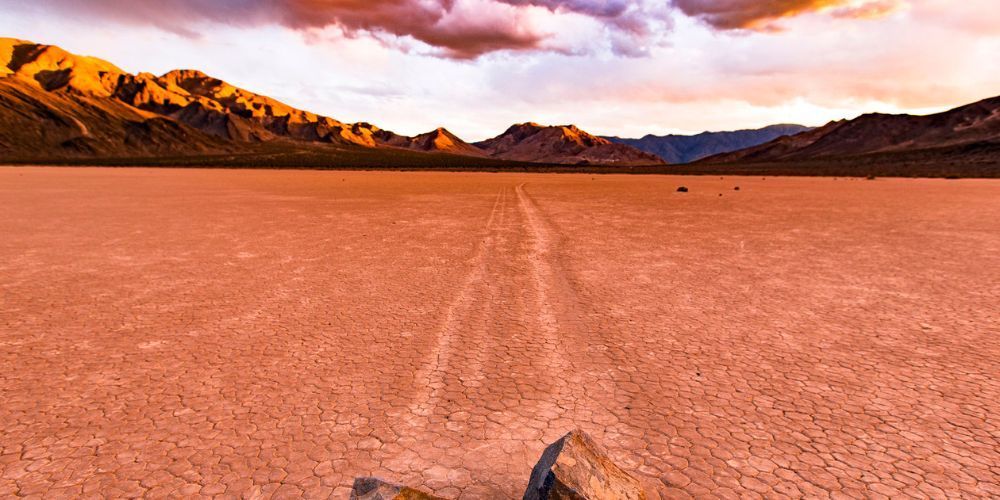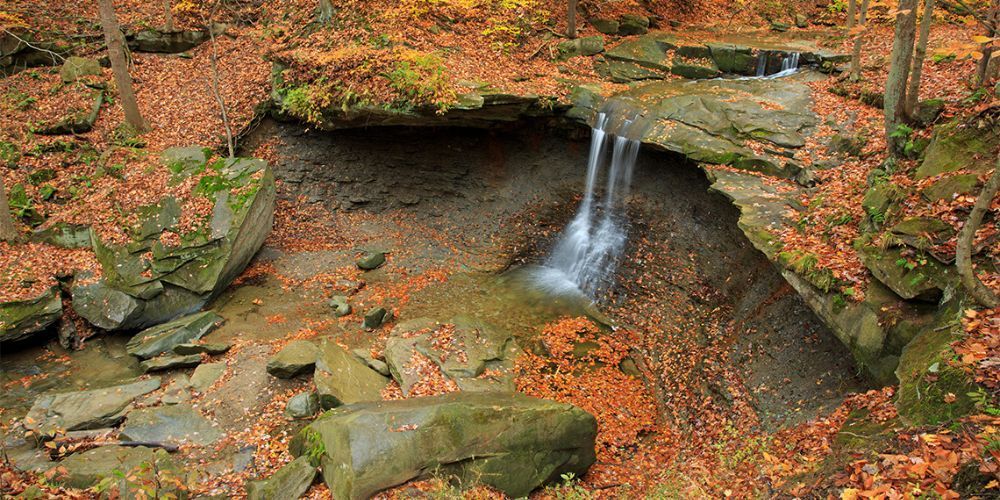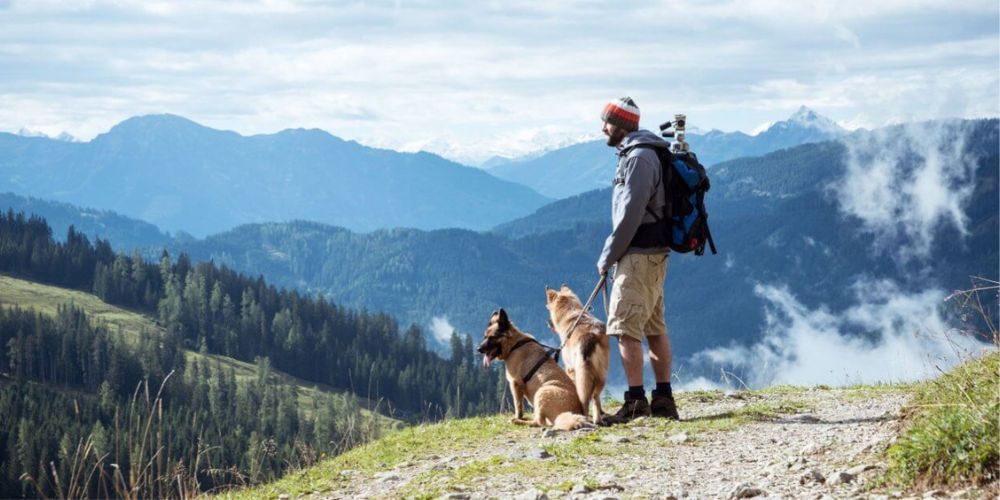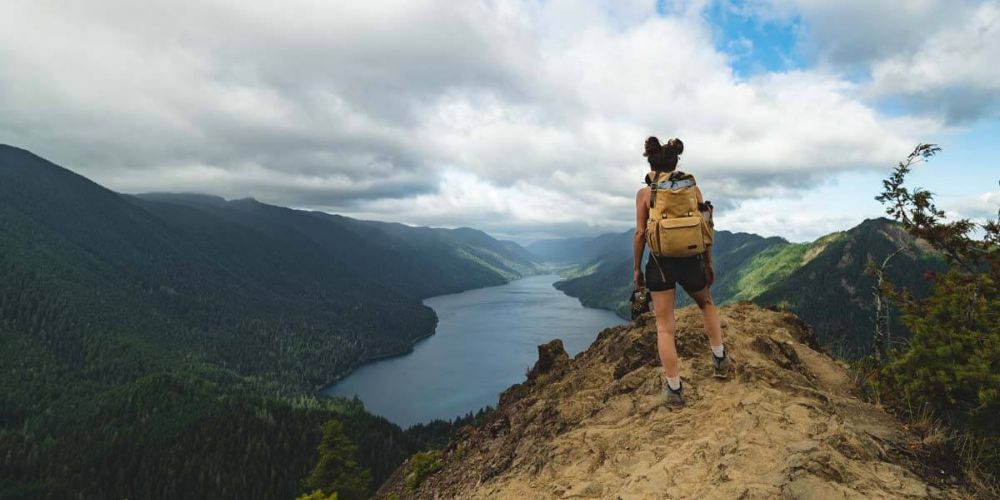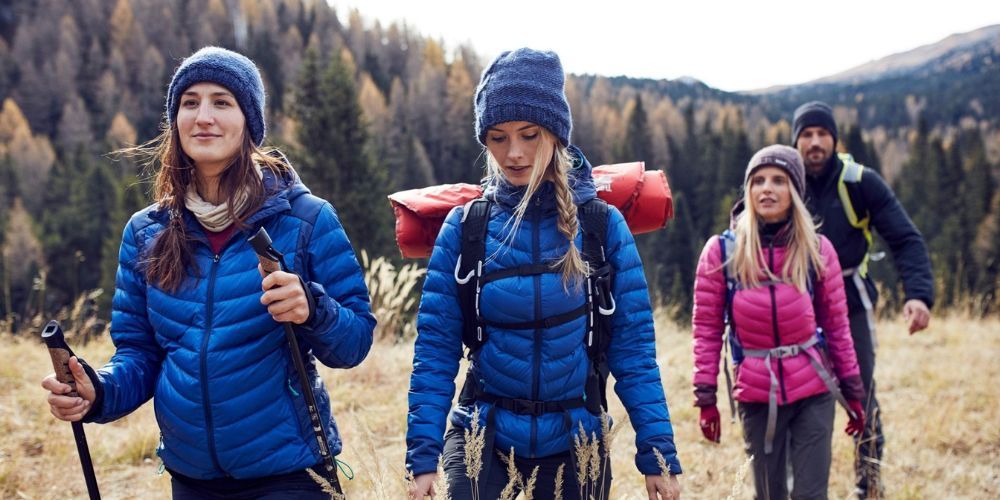Best Hiking First Aid Kits for Emergency Preparedness in the Wilderness
When trekking into the wilderness, feeling confident about your safety gear is crucial. A well-crafted first aid kit can make all the difference between an unfortunate mishap turning into a serious problem or becoming just another part of your adventure story. With numerous options available, pinpointing one that blends comprehensiveness with portability is vital for ensuring peace of mind on your trails.
After diving deep into this topic and evaluating many options across various brands—each vetted for quality and reliability—we bring you an authoritative guide to choosing the best hiking first aid kits. From meticulously researching user testimonials to weighing expert reviews, every effort has been made to identify top-notch solutions tailored specifically for wilderness emergencies. Now let's explore some of these critical choices to keep you prepared out there on your adventurous journeys.
A well-equipped hiking first aid kit should include essentials such as adhesive bandages, gauze pads, adhesive tape, tweezers, scissors, antiseptic wipes, blister treatment, pain relievers, and any necessary personal medications. Additionally, it's advisable to carry a CPR microshield mask, emergency blanket, and a wilderness first aid booklet to be prepared for unforeseen situations during your hike. Always personalize your kit based on the specific needs of your group and the nature of the hiking environment.
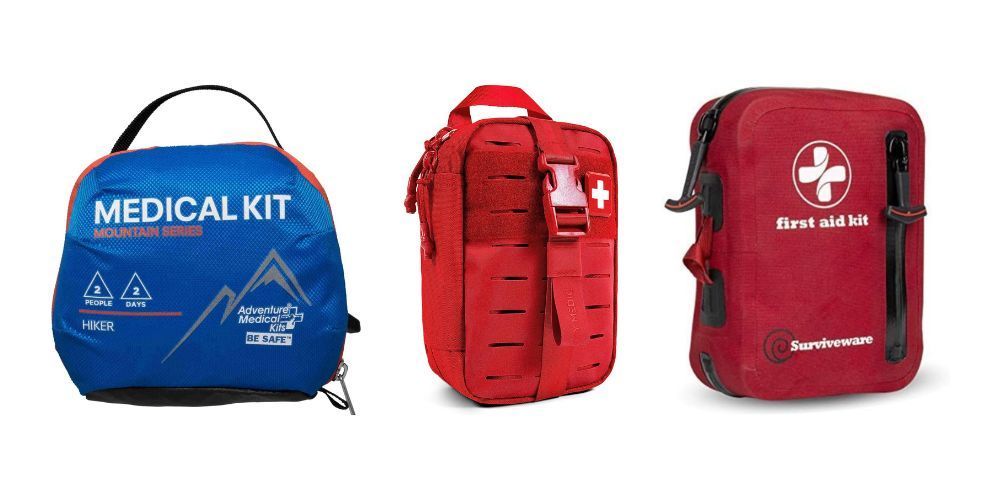
Recommended First Aid Kits for Hiking
Choosing the right first aid kit is crucial for any hiking trip. It can mean the difference between a minor incident and a full-blown emergency. So, let's explore some of the best first aid kits available that suit different needs and preferences.
Starting with the Surviveware Small First Aid Kit , this kit is highly regarded for its durable and waterproof container, perfect for outdoor adventures where it might face rough handling or rainy conditions. The water-tight zippers ensure the contents stay dry no matter what. Inside, you'll find high-quality components such as trauma shears and Ace bandages, essential for managing various injuries during a hike.
Now, if you're on a budget but still want a reliable first aid kit, the Adventure Medical Kits Mountain Series Hiker is an excellent choice. Despite being compact and lightweight, this kit doesn't skimp on essential supplies. It's designed to provide you with what you need without adding unnecessary weight to your pack, making it a great option for day hikes or shorter excursions where space is limited.
For those seeking a more comprehensive first aid kit, especially suitable for individuals with advanced skills or experience, the MyMedic MyFAK stands out. While bulkier compared to other options, it provides an impressive array of supplies and is particularly noteworthy for trauma response. This makes it well-suited for those who are comfortable with more advanced medical procedures and can handle a larger, more specialized kit.
Some may argue that carrying a more comprehensive kit comes with the risk of added weight and bulk, potentially impacting one's mobility during a hike. On the other hand, having additional supplies might be essential when faced with an emergency situation in the wilderness. It's important to strike a balance based on your skill level and the duration and intensity of your hiking trips.
Remember, ultimately, the best first aid kit is one that matches your skill level, fits within your budget, and contains the supplies necessary to address potential medical issues while hiking. Before making a decision, think about what type of terrain you'll be navigating, how remote your location will be, and any specific health concerns or needs you or your group may have.
Each of these kits brings its own set of advantages to the table, catering to different hiking scenarios and individual requirements. Keep these recommendations in mind as you plan your next outdoor adventure, ensuring you're prepared for any unexpected situations that may arise.
As we venture deeper into preparing for wilderness emergencies, our attention now shifts to examining the essential supplies needed for effective wilderness first aid.
Essential Supplies for Wilderness First Aid
When you're in the wilderness, having the right supplies in your first aid kit can be a matter of life and death. It's not just about having a fancy bag with lots of things in it; it's about having the most useful, practical stuff to deal with real emergencies. So, what should you include?
Bandages, Dressings, and Gauze Rolls
Starting with the basics - bandages are essential for covering wounds and protecting them from contaminants. Sterile dressing pads are used to staunch bleeding and shield the wound from infection, and non-adherent dressings won't stick to the wound as it heals. Gauze rolls are crucial as they can be used for dressing and wrapping wounds of different sizes.
Tools and Instruments
Tools like multi-use knives or blades come in handy for various tasks, such as cutting materials or opening packages. Having forceps makes it easier to remove large splinters or foreign bodies from a wound. Tweezers help remove small items like debris and ticks. Additionally, having a pair of sharp, sturdy scissors is essential for trimming bandages or cutting clothing to access an injury.
Splints and Irrigation Syringe
In case of potential fractures, a malleable splint can provide crucial support to the injured limb until professional medical care can be sought. An irrigation syringe is invaluable for cleaning wounds thoroughly, especially in remote areas where access to clean water may be limited.
Additional Supplies
Including a digital thermometer becomes important when assessing a fever or monitoring hypothermia in cold environments. Resealable plastic bags are versatile in their application; they can be used to store contaminated items, keep equipment dry in wet conditions, or even serve as improvised container devices.
It's evident that these supplies cover a wide range of potential emergencies and are key components of an effective wilderness first aid kit.
As we understand the importance of essential supplies, let's now explore how compact kits make packing for outdoor adventures a breeze.
Compact Kits for Easy Packing
When you're out in the wilderness, every bit of space and weight in your backpack matters. Having a compact first aid kit is crucial—it ensures you have what you need without adding unnecessary bulk. The Adventure Medical Kits Ultralight/Watertight Series is designed specifically for hikers who prioritize lightweight and space-saving packaging. This ensures you can carry it easily without sacrificing important supplies. Additionally, the Small IFAK (Individual First Aid Kit) is another excellent choice, ensuring all necessary items are tightly packed and easily accessible.
These kits are carefully made to include a well-balanced selection of supplies. It's crucial to balance the need for compactness with the types and amounts of supplies you'll actually need on your hike. After all, no one wants to be caught unprepared in an emergency situation.
In addition to their space-saving design, these compact kits provide quick access to crucial medical supplies when time is of the essence. Having a well-organized and readily accessible first aid kit can make all the difference in an emergency.
Let's consider a scenario: You're in the middle of a hike when someone in your group suffers a minor cut. With a compact kit like the Adventure Medical Kits Ultralight/Watertight Series or the Small IFAK , you can quickly grab the necessary supplies without fumbling through a cluttered, oversized pack.
Ultimately, these compact kits are not just about saving space—they're about being well-prepared while maintaining mobility on the trail. In an emergency, having the right tools within arm's reach can mean all the difference between a minor inconvenience and a potentially dangerous situation.
Ensuring your hiking safety goes beyond having a first aid kit. Now, we'll explore other essential safety gear that you should always have on hand during your wilderness adventures.
Must-Have Safety Gear
When preparing for a hiking adventure, it is vital to ensure you are equipped with the right safety gear. It's not just about preventing injuries but also being prepared to handle any emergency that might arise during your expedition. Let's explore some essential safety gear that should be included in every hiker's first aid kit.
CPR Microshield Mask
In case of a medical emergency requiring breathing assistance, a CPR microshield mask is indispensable. It provides a barrier between the rescuer and the individual needing CPR, protecting both parties from potential cross-contamination. These masks are compact and lightweight, making them easy to carry in your first aid kit.
Oral Rehydration Salts
Dehydration is a common concern for hikers, especially during physically demanding activities. Including oral rehydration salts in your first aid kit can be a lifesaver. They help replenish crucial electrolytes lost through sweating and can aid in the treatment of dehydration, a condition that can quickly escalate if not addressed promptly.
Space Blanket or Emergency Bivvy
Weather conditions can be unpredictable, especially in wilderness settings. A space blanket or emergency bivvy can offer crucial warmth and protection in unexpected situations. These lightweight and compact items are designed to provide insulation and retain body heat, offering essential protection against hypothermia.
Wilderness First Aid Booklet
Knowledge is key when handling medical emergencies in remote locations. Carrying a wilderness first aid booklet provides valuable guidance on managing common injuries and ailments that hikers may encounter during their outdoor pursuits. Whether it's treating minor cuts and sprains or dealing with more serious situations, having access to clear instructions and protocols can make a significant difference in emergency situations.
By ensuring your first aid kit includes these essential safety items, you take proactive steps to safeguard your well-being and that of your fellow hikers during outdoor expeditions. Each of these items serves as a vital component in maintaining preparedness for unforeseen circumstances, offering peace of mind as you venture into the great outdoors.
Equipping yourself with these valuable safety tools lays a solid foundation for addressing health concerns while hiking. Now, let's dive into the medications that are crucial for an effective hiking first aid kit.
Effective Medications to Include
As you set out on a hiking adventure, having the right medications in your first aid kit can make a world of difference in managing potential health issues that may arise while exploring the great outdoors. Addressing various medical needs and ensuring the necessary medications are on hand is crucial for tackling different types of injuries or health concerns.
One of the most common discomforts experienced while hiking is pain, which can arise from muscle strain, joint pain, or minor injuries. Including pain relievers such as ibuprofen or acetaminophen in your first aid kit can provide much-needed relief, allowing you to continue with your journey without the burden of persistent discomfort.
Moreover, allergic reactions can occur unexpectedly, especially when exposed to unfamiliar plants, insect bites, or certain foods. Antihistamines like Benadryl are indispensable for managing allergic reactions swiftly and effectively, ensuring that hikers can mitigate potential severe allergic responses.
Gastrointestinal distress is another common issue encountered during hiking expeditions. Diarrhea can quickly lead to dehydration and weakness if not promptly addressed. Including Imodium tablets in your first aid kit can help manage this condition and prevent it from escalating into a more serious health concern. Furthermore, carrying Pepto Bismol or antacid tablets for stomach discomfort is prudent, providing relief from indigestion or acidity that may occur during the hike.
For skin-related issues such as rashes or insect bites acquired along the trail, having hydrocortisone cream readily available in your first aid kit can soothe skin irritations and reduce itching. Additionally, incorporating antiseptic ointment for wound care can minimize the risk of infection and ensure proper healing in case of cuts or scrapes.
By including these essential medications in your hiking first aid kit, you're proactively equipping yourself to handle various health concerns that may arise during your outdoor adventures. Having these medications readily available can provide peace of mind and ensure that you're prepared to address any unexpected medical needs while exploring nature's wonders.
Armed with a comprehensive understanding of essential medications for wilderness emergencies, let's now turn our attention to the critical components of bandages and dressings in a well-equipped hiking first aid kit.
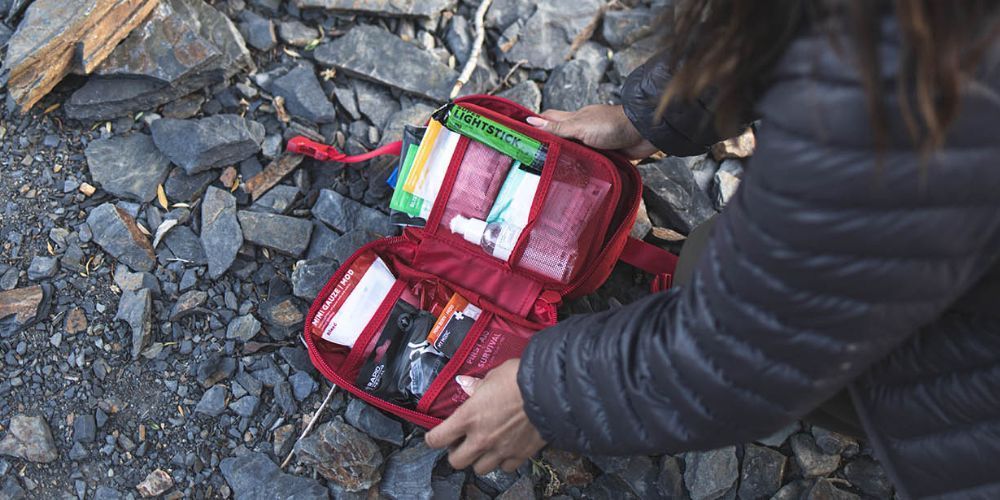
Best Bandages and Dressings
When you're out in the wilderness, it's crucial to be prepared for any mishaps. Scrapes, cuts, and more serious injuries can happen unexpectedly, and having the right bandages and dressings on hand can make all the difference in treating them properly.
Let's start with sterile adhesive bandages. These are the go-to for minor cuts and scrapes that hikers often encounter. It's important to have a variety of sizes to cover different wounds. For those situations where stitching isn't an option, closure strips can be a lifesaver—helping bring wound edges together and aiding in the healing process.
Now, what about larger wounds? This is where sterile dressing pads and non-adherent dressings come into play. The last thing you want is for a dressing to stick to a wound, causing further pain and injury. Non-adherent dressings prevent this from happening and keep the wound clean. In case of sprains or fractures, having elastic bandages and malleable splints in your kit can provide the necessary support and stability.
These supplies guarantee you'll be well-prepared to handle a range of injuries.
Imagine trekking through rugged terrain when suddenly someone experiences a bad fall. With the right dressings and bandages at hand, you're able to quickly tend to their wounds and create temporary support for any fractures as you make your way back to safety.
In addition to providing physical support, these items offer peace of mind during a hike. They give hikers confidence that they are equipped to handle unforeseen accidents efficiently. Even if injuries do occur, the right equipment can minimize their impact.
So, ensuring your first aid kit includes a variety of sterile adhesive bandages, closure strips, sterile dressing pads, non-adherent dressings, elastic bandages, and malleable splints is essential for your hiking adventures.
Having covered the importance of including these vital bandages and dressings in your first aid kit, let's move on to discussing other crucial supplies needed for emergency preparedness in the wilderness.
Tips for Organizing Your Kit
When venturing into the wilderness, being organized can be a game-changer. Imagine this scenario: you're miles away from civilization, a fellow hiker has a bad fall, and time is critical. Having quick access to the right supplies in your first aid kit is paramount as every minute counts.
To ensure swift responses to emergencies, consider using specialized organizational tools like zippered pouches or compartmentalized containers to categorize your supplies. This allows for separate sections for wound care, medications, and tools. By keeping items neatly arranged and well-labeled, you can avoid fumbling through a jumble of resources in a high-stress situation.
For instance, picture needing to locate antihistamines for an allergic reaction during a hike. A clearly labeled section dedicated to medications would allow you to reach for what you need without hesitation.
Furthermore, performing regular checks on your first aid kit contents is crucial. Ensure that the supplies are replenished and not expired. By keeping tabs on the expiration dates and restocking when needed, you can be confident that your kit is always prepared to meet any unforeseen challenge.
In addition to compartmentalization and regular checks, it's also wise to include a detailed list of contents and their locations in the kit. Let's explore how this simple step can save precious time when quick action is required in an emergency.
Effective organization and maintenance of your first aid kit could mean the difference between life and death in a critical situation. Stay diligent, stay organized, and stay safe out there.
Nature's Playbook
As an Amazon Associate I earn from qualifying purchases.




